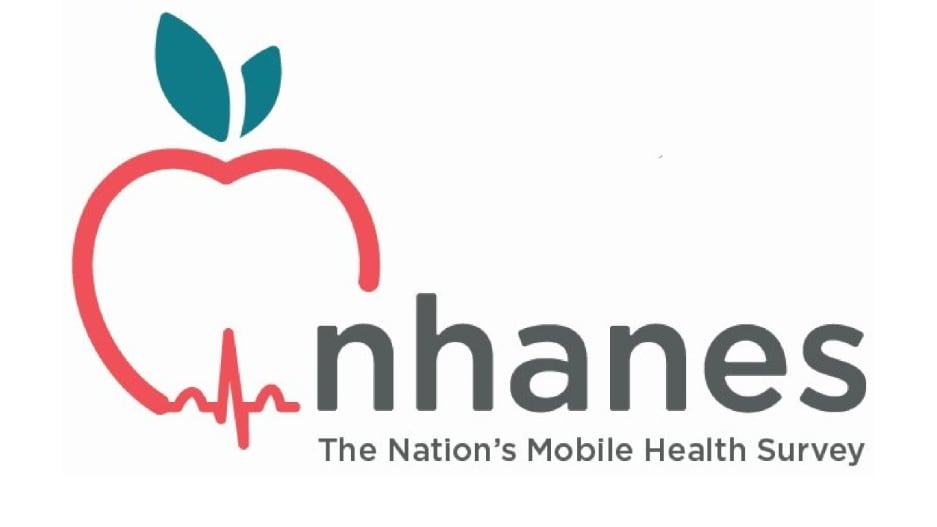Key points
- The National Health and Nutrition Examination Survey (NHANES) is a national self-report interview and examination survey.
- Sample: nationally representative sample of the civilian non-institutionalized U.S. population.
- Sample size: approximately 5,000 people per year.
- VEHSS topics: Vision Problems and Blindness, Age-related Macular Degeneration (AMD), Cataract, Diabetic Retinopathy (DR), Glaucoma.

Where the data come from
NHANES is a program of studies designed to assess the health and nutritional status of adults and children in the United States. The survey is unique in that it combines interviews and physical examinations.
NHANES is a major program of the National Center for Health Statistics (NCHS), the part of the Centers for Disease Control and Prevention (CDC) responsible for producing vital health statistics for the nation. In 1999, the survey became a continuous program with a changing focus on a variety of health and nutrition measurements to meet emerging needs.
NHANES data are collected on a two-year cycle, and waves of data from different collection periods can be combined to increase sample size after adjusting the sample weights.
From 1999 to 2008, NHANES implemented a vision question module and a vision examination module, which included visual acuity measurements using portable autorefractors. From 2005 to 2008, NHANES also implemented a retinal imaging module and a visual field-testing module.
Analysis overview
VEHSS estimated the prevalence rate and sample size for the VEHSS topics and indicators listed below. To increase sample size, multiple rounds of NHANES data were merged prior to analysis: 1999–2008 for visual acuity measurements and 2005–2008 for self-report values and indicators obtained through retinal imaging. The prevalence rate was defined as the number of people with an affirmative response or examination finding divided by the total number of respondents or people examined and multiplied by 100 for presentation in percentage format. Estimates with high uncertainty are suppressed.
| VEHSS Topic | VEHSS Indicator | NHANES Variable Name | Question Text | Sample |
|---|---|---|---|---|
| Vision Problems and Blindness | Percentage of people blind in both eyes | VIQ017 | Are you/Is survey participant blind in both eyes? | Ages 12+ |
| Cataract-Treatment | Percentage of people who had a cataract operation | VIQ071 | Have you/Has survey participant ever had a cataract operation? | Ages 20+ |
| Glaucoma-Prevalence | Percentage of people ever told by an eye doctor they have glaucoma | VIQ090 | Have you/Has survey participant ever been told by an eye doctor that {you have/s/he has} glaucoma (gla-co-ma), sometimes called high pressure in {your/his/her} eyes? | Ages 40+ |
| Age-related Macular Degeneration (AMD)- Prevalence | Percentage of people who were ever told by an eye doctor they have age-related macular degeneration | VIQ310 | Have you/Has survey participant ever been told by an eye doctor that {you have/s/he has} age-related macular (mac-u-lar) degeneration? | Ages 40+ |
| Diabetic Retinopathy (DR) Prevalence | Percentage of people who were ever told by an eye doctor their diabetes affected their eyes | DIQ080 | Has a doctor ever told you/survey participant that diabetes has affected {your/his/her} eyes or that {you/s/he} had retinopathy (ret-in-op-ath-ee)? | Ages 12+ |
| VEHSS Topic – Category | VEHSS Indicator | NHANES Variables Used | Sample |
|---|---|---|---|
| Glaucoma-Prevalence | Percentage of people with glaucoma, based on examination | OPASCST2 – Exam status; OPXDGLAU – Glaucoma, right eye; OPXSGLAU – Glaucoma, left eye |
Ages 40+ |
| Age-related Macular Degeneration (AMD)- Prevalence | Percentage of people with age-related macular degeneration, based on examination | OPDUARMA – Any retinopathy, worse eye | Ages 40+ |
| Diabetic Retinopathy (DR) Prevalence | Percentage of people with diabetic retinopathy, based on examination | DIQ010 – Doctor told you have diabetes; LBXGH – Glycohemoglobin (%); OPDURET – Retinopathy level, worse eye |
Ages 40+ |
| Vision Problems and Blindness – Vision Loss and Blindness | Presenting Visual Acuity | VIDRVA – Right visual acuity, presenting; VIDLVA – Left visual acuity, presenting |
Ages 12+ |
| Vision Problems and Blindness – Vision Loss and Blindness | Best-corrected Visual Acuity | VIDROVA – Right visual acuity, w/ obj. refraction; VIDLOVA – Left visual acuity, w/ obj. refraction |
Ages 12+ |
| Vision Problems and Blindness – Vision Loss and Blindness | Uncorrected Refractive Error | Presenting visual acuity ≤20/50 Best-corrected visual acuity <20/40 with refraction |
Ages 12+ |
*Glaucoma, AMD, and DR are based on presence of disease in either eye. Vision Loss and Blindness are identified based on the acuity in the better-seeing eye.
- National
Data definitions
Age Group
Sex
Race/Ethnicity
Risk Factors
Data Type
A detailed description of the analytical steps is described in the report "VEHSS Survey Analysis Plan."
Full analysis documentation is included in the "VEHSS NHANES Data Report."
This analysis is limited in several ways. NHANES does not include state-level data, and NHANES stopped collecting any vision and eye health data in 2008. Ophthalmologic exams were only conducted in two 2-year cycles; 2005–2006 and 2007–2008. NHANES includes approximately 5,000 respondents per year, which means that the available samples are smaller than other surveys included in VEHSS. Additionally, the NHANES sample excludes those living in group quarters such as nursing facilities, which may contain a disproportionate share of persons with vision problems. The advantage of NHANES is the presence of examination data, but the exams were limited and did not employ gold-standard dilated examinations.
